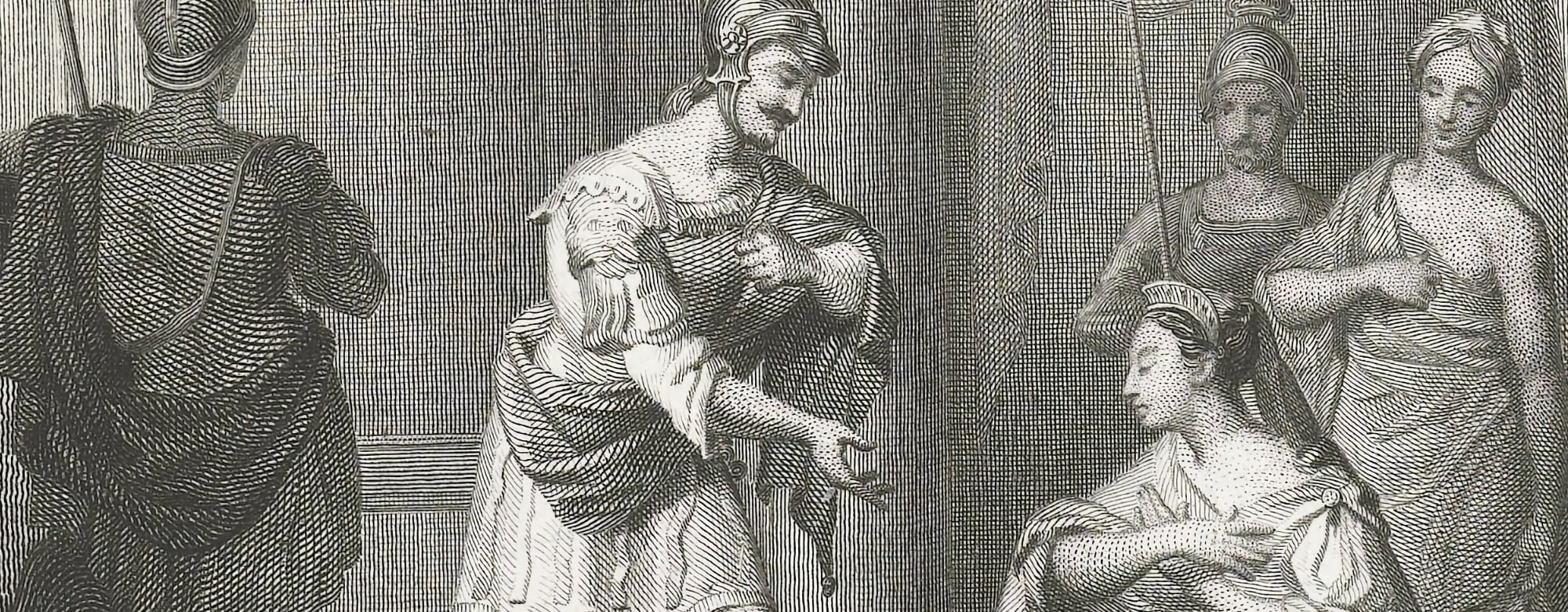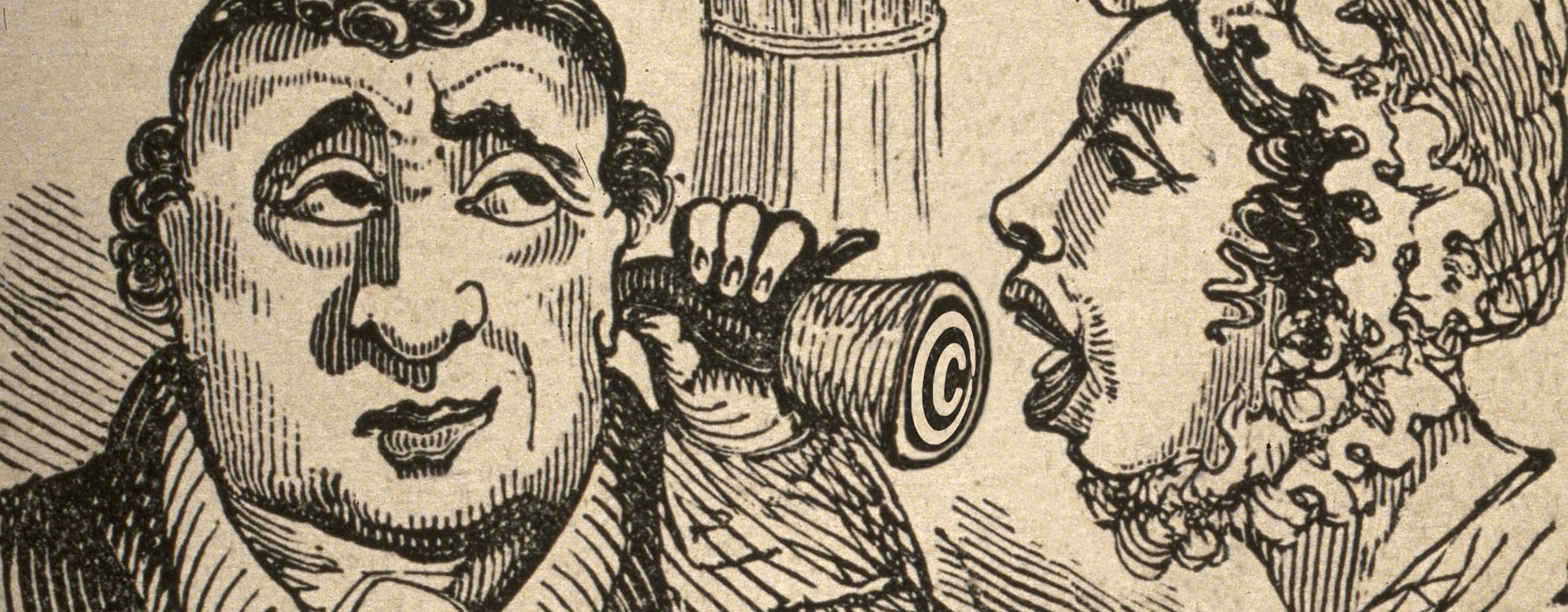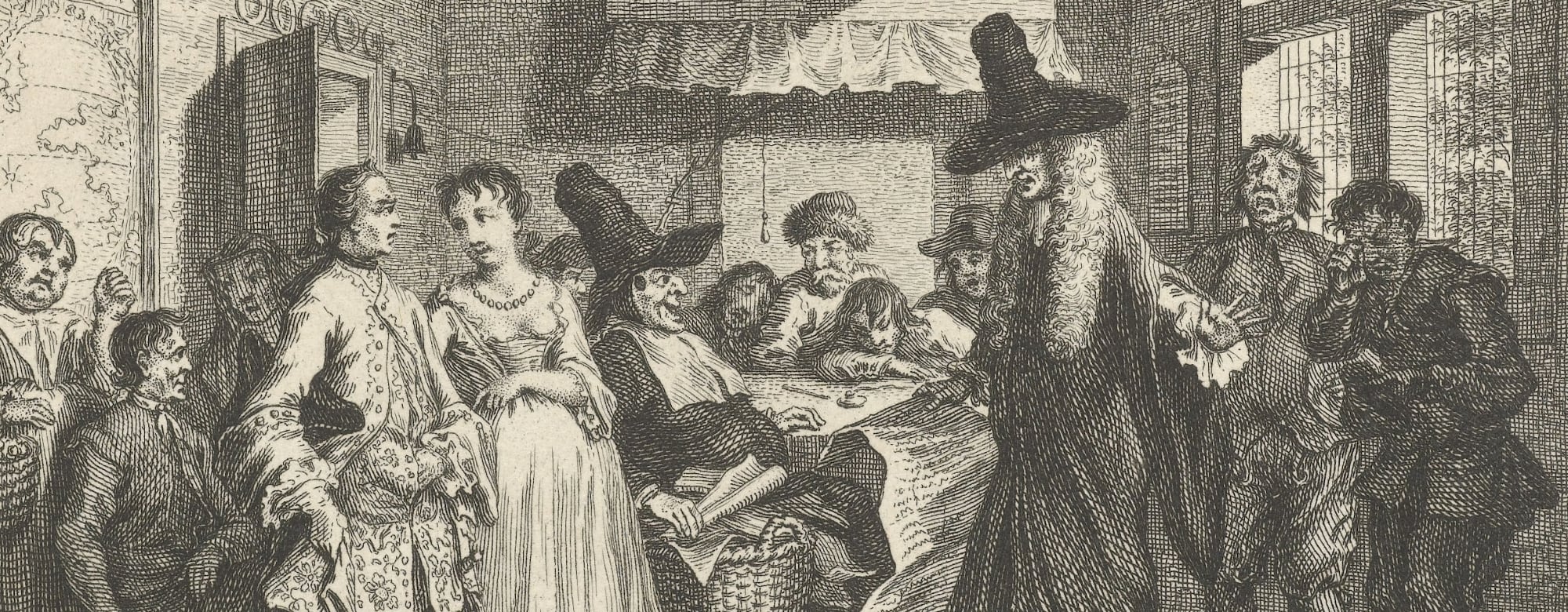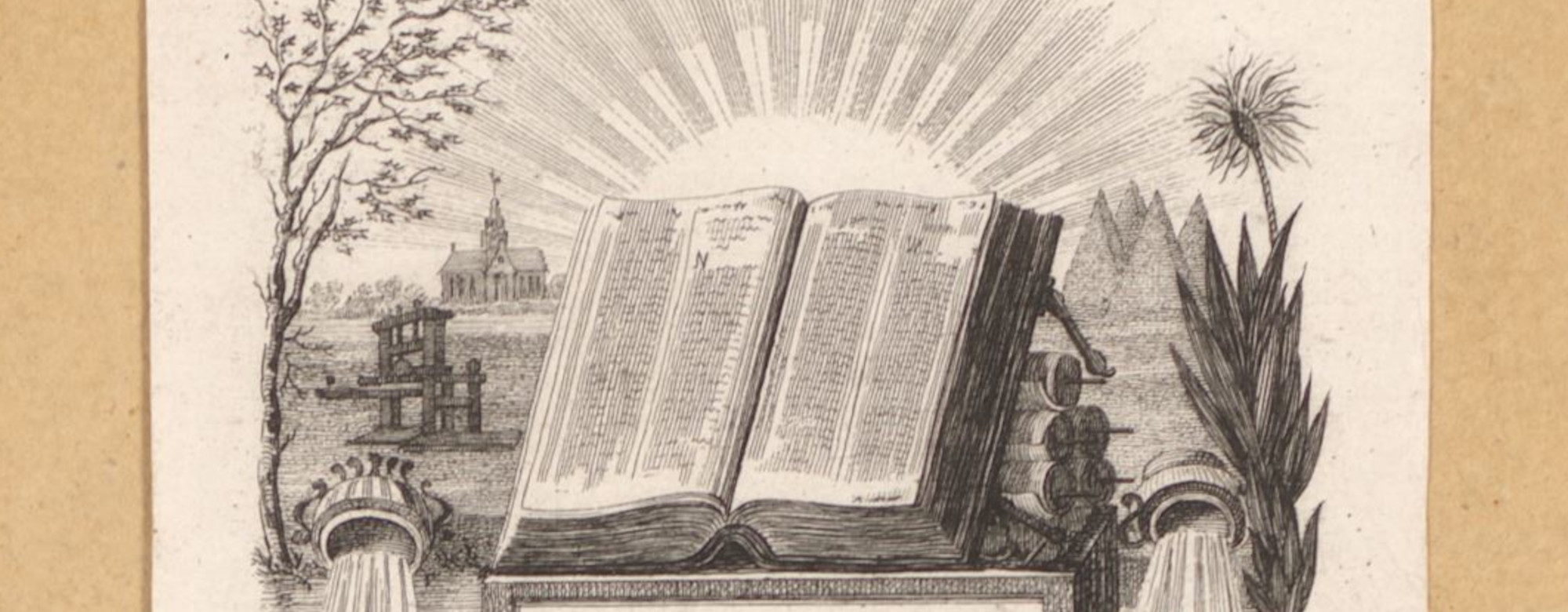Our proposal for ending geo-blocking of audiovisual works in the EU
Last October, COMMUNIA was invited by the European Commission to a stakeholder dialogue to improve cross border access to audiovisual (AV) content. As part of the stakeholder dialogue, the European Commission organised a series of three meetings during which it invited stakeholders (predominantly organisations representing various parts of the audiovisual media sector) to agree on […]





